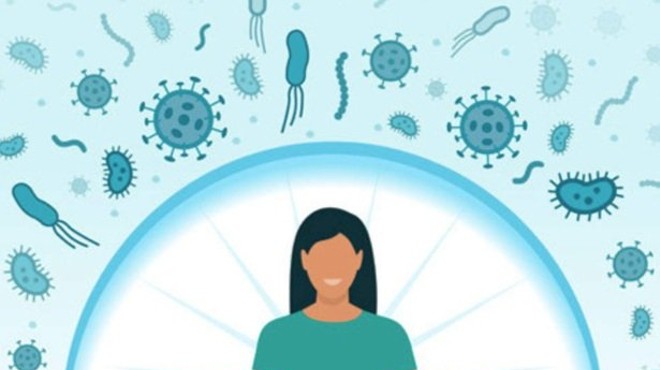Too Much Acidity
Many of today’s popular foods are acidic, overly taxing the body’s natural acid-buffering ability. As a result, calcium is dissolved from bone as an alkaline material that helps neutralize acid. “Often the problem is not a lack of calcium in the diet,” says Dr. Tammi Price, a naturopathic physician and acupuncturist based in Kerhonkson and Hudson, “but that it is being leached from the bones. In osteoporosis we live in too acidic a terrain.” This can be aggravated at menopause, with additional acid accumulation. “Women are accustomed to acidic loss through the menses,” Price explains. “At menopause you stop loosing blood, and you stop loosing acidity. Women become osteopenic, then get night sweats and hot flashes. Often, if I just give tissue salts and change of diets [to reduce acids], that gets rid of hot flashes. It’s so simple to change.” A number of books and websites explain acid/alkaline balance and how to achieve it through food choices.
Diets that are especially high in protein also draw calcium out of the bones as the protein is digested into amino acids and then absorbed into the bloodstream. This has led to the warning that proteins—especially animal sources—are harmful to bone health. But protein in moderation is essential for healthy bone, because about half of bone is protein and is responsible for its ability to absorb shock and bend to some degree. People with osteoporosis have been shown to recover better after hip fracture and improve bone density when their diets include more protein.
The Mineral Mix
A lot of calcium conversation is about building strong bones and teeth. But calcium is only one player. While some clinical trials have reported reduced bone loss and fracture with calcium supplementation alone, most studies that follow people in the real world do not support this. “The medical profession has been throwing 1,500 milligrams of calcium at women for a long time,” says Susan Willson, a certified nurse-midwife in Stone Ridge who works with women to achieve healthy bones. “But the types of calcium they are taking are not absorbed well, or are not the right kind. There are a lot of other minerals to take into account—phosphorus, magnesium, zinc, copper, boron—everything is trying to balance itself. So when you take a huge dose of calcium, it disrupts the mineral balance.” If a supplement seems warranted, she says, “I like to use a microcrystalline hydroxyapatite supplement that has all the minerals in the right ratio. Several companies put out a formula (like Now brand’s Bone Strength).”
Price concurs. “The problem when we come to bone health is whether there are enough of the cofactors to build that tissue appropriately. I love to give tissue salts, like Dr. Schuessler’s Biochemic Cell Salts, which are supplements containing mixtures of minerals appropriate for different tissues. They are a very benign supplement—they don’t hurt you but have lots of good things for the body. There are also herbs for helping build bone. I use a lot of homeopathics in my practice. Birch, sequoia, and silver fir are wonderful for generating bone and for healing fractures.”
“To make healthy bones we have to have a healthy adrenal system and functional thyroid, which needs iodine,” Accolla says. “Seaweeds have iodine and so does salt—but use sea salt, not commercially iodized salt. Apples, nuts, and whole grains are good sources of boron. Magnesium in trace amounts is in many of the yellow-colored foods. And fluoride—of course we know that in the water it’s not good for us, but drinking hard water from your well probably has enough to build your bones. Organic green tea has trace amounts of fluoride. And even if you have a great diet with whole grains and legumes, you want to soak them first, which neutralizes acid in them that blocks calcium absorption. Our ancestors did this to their food, so we can utilize the foods we eat better.”
Dr. Carol Robin, a chiropractor and certified clinical nutritionist in West Shokan, says it’s much harder to get magnesium than calcium. “There is a widespread deficiency in foods because the way we do [industrialized] agriculture in this country depletes crops of magnesium.” Organically grown whole grains, nuts, and seeds are the best sources. “You can get trace amounts of boron from fruits and nuts,” she adds. “If you’re on a good natural diet, you’re getting other necessary minerals.”
















